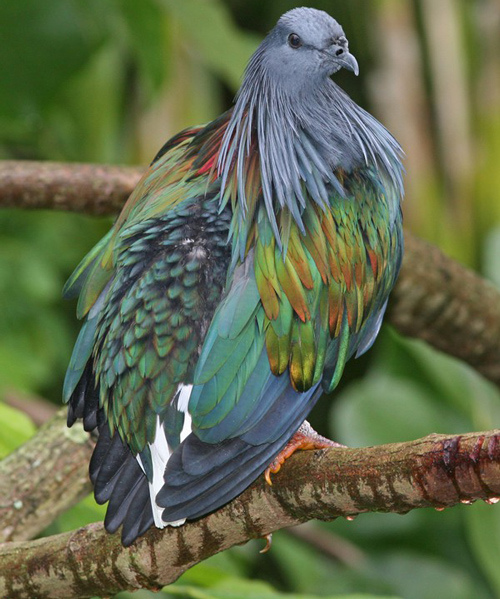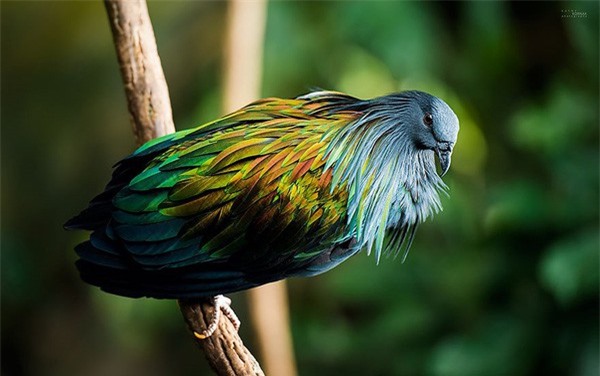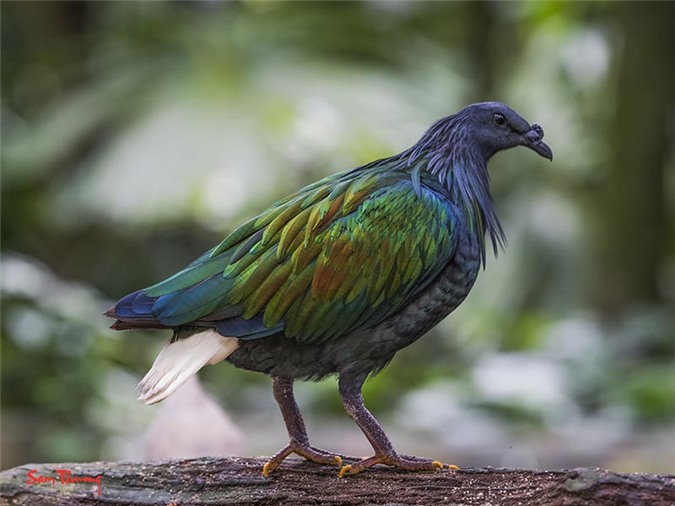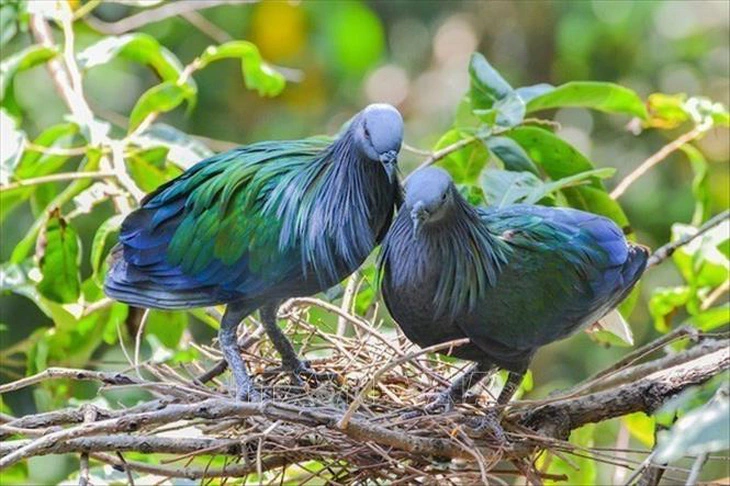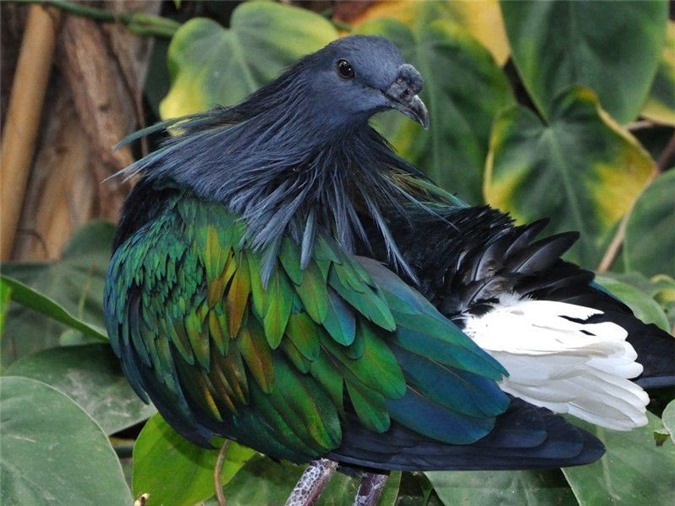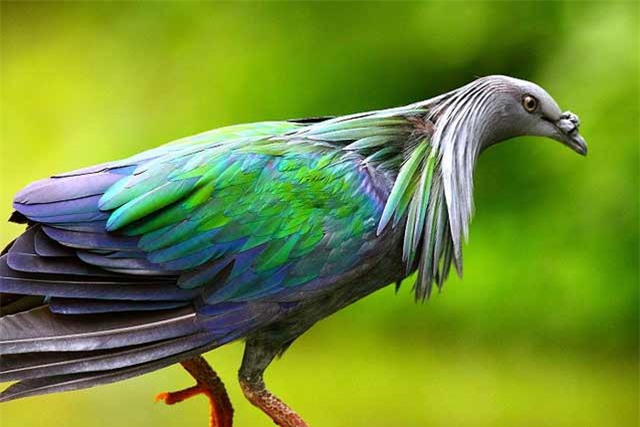The Beauty of the Grandala Coelicolor: A Marvel of Nature
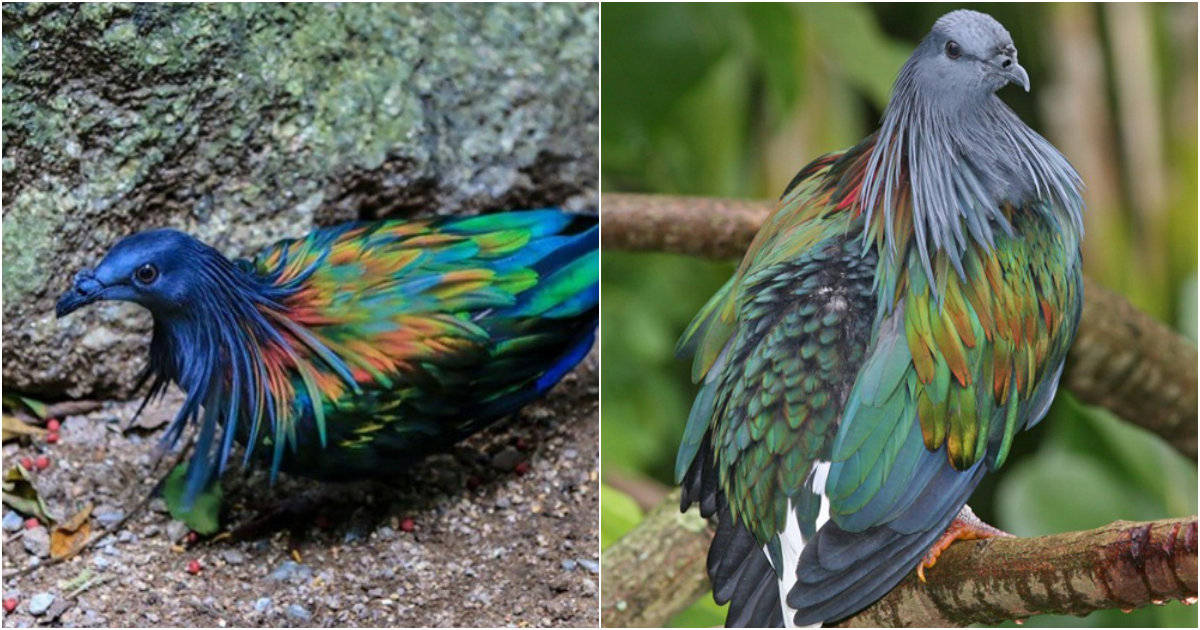
If you are a bird enthusiast or simply appreciate the wonders of nature, prepare to be captivated by the Grandala Coelicolor, also known as the Grandala or Chinese Grandala. This extraordinary bird species is renowned for its breathtaking blue plumage, capable of leaving anyone in a state of awe. Join us as we delve into the enchanting world of the Grandala Coelicolor and discover the marvels it holds.
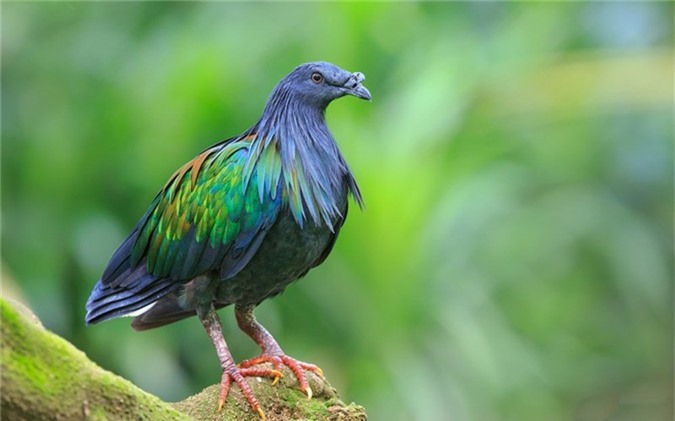
Exquisite Physical Features
The Grandala Coelicolor is a medium-sized avian, measuring approximately 27-29 cm in length and weighing around 85-140 grams. As previously mentioned, its most distinguishing characteristic is its stunning blue plumage. The male Grandala boasts a deep blue head, neck, back, wings, and tail, adorned with a black patch on the chin and throat. In contrast, the female displays a brownish-grey plumage with a delicate touch of light blue on its wings and tail. Both genders showcase a striking white patch on their underwings, clearly visible during graceful flight.
Fascinating Behavior and Habitat
Living in large, gregarious flocks, the Grandala Coelicolor is a sociable bird species, especially during the breeding season. These magnificent creatures predominantly inhabit the high-altitude regions of central and western China, including the Himalayas and Tibetan Plateau. Within this natural realm, the Grandala can be found amidst coniferous forests, shrublands, and expansive meadows.
The Grandala sustains itself primarily on insects and their larvae, which it adeptly hunts amidst the surrounding vegetation. During the winter months, when insects become scarce, the birds adapt their diet to include fruits and berries, ensuring their survival.
Enchanting Breeding Rituals
Breeding for the Grandala Coelicolor occurs between the months of March and June. During this time, the male Grandala engages in an elaborate courtship display, captivating observers with its aerial acrobatics. It gracefully soars in large circles, emitting melodious calls and proudly exhibiting its resplendent blue plumage. Once the female accepts the male’s enchanting courtship performance, they work in harmony to construct a nest. Typically nestled within a tree or shrub near a water source, the nest serves as a sanctuary for the forthcoming family. The female diligently lays two to four eggs, with both parents actively partaking in the incubation process.
Conservation Efforts
While the Grandala Coelicolor currently holds the classification of “Least Concern” on the IUCN Red List, it faces numerous threats, as do many bird species. Habitat destruction, pollution, and human disturbances jeopardize their existence. Additionally, hunters and poachers pose a significant danger, driven by the illegal trade of feathers and eggs. It is crucial to recognize the vulnerability of the Grandala and take action to safeguard its survival, ensuring that future generations can revel in its breathtaking beauty.
